Category: News
-

Online tutorial guides users through the ENCODE data portal on the UCSC Genome Browser
A new online tutorial suite teaches users how to access the ENCyclopedia of DNA Elements (ENCODE) project data in the UCSC Genome Browser. The online tutorial, created by OpenHelix in conjunction with the UCSC Genome Bioinformatics Group at the University of California, Santa Cruz, can be viewed for free at http://www.openhelix.com/encode. The ENCODE Project is an…
-

Ethics lecture examines moral boundaries of scientific research
By Scott Rappaport, UCSC Public Information Office Designer babies, genetic perfectionism, the selling of human body parts–are these morally desirable outcomes of the latest developments in scientific research? Advances in Biotechnology and Medicine: Stretching the Moral Boundaries is just the beginning of a new series of ethics lectures that will be presented by the UC…
-

Baskin School of Engineering highlights research advances on October 21
By Tim Stephens, UCSC Public Information Office Innovative approaches to solving problems in the critical areas of biotechnology, energy, and human-centered design will be presented by faculty in the Baskin School of Engineering at the school’s annual Research Review Day on Thursday, October 21, at UC Santa Cruz. In addition to faculty research presentations, the…
-

UC Santa Cruz doctoral programs earn high marks in national review
By Jim Burns SANTA CRUZ, CA–Five doctoral programs at the University of California, Santa Cruz earned high marks in a report issued today (Tuesday, September 28) by the National Research Council (NRC). UCSC’s Ph.D. programs in earth sciences, astronomy and astrophysics, ecology and evolutionary biology, electrical engineering, and physics are among the best in the…
-
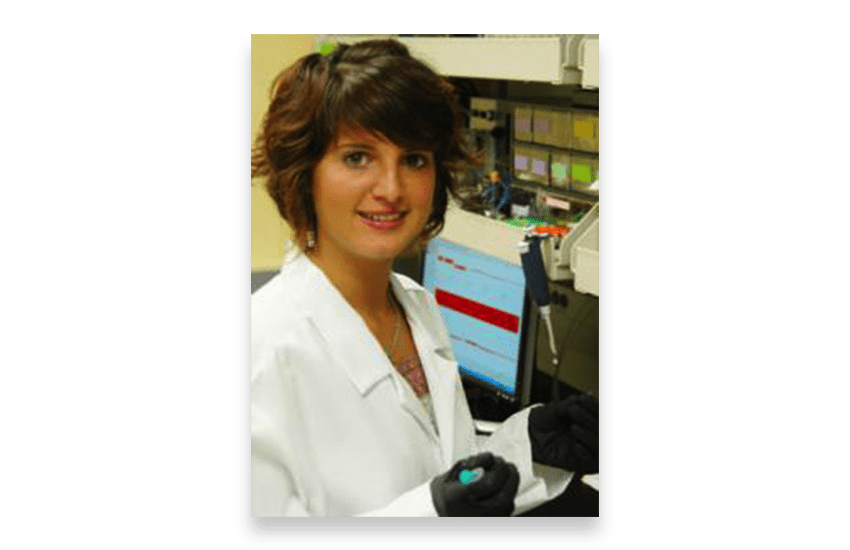
Undergrad’s “crazy idea” leads to a promising biotech device
By Tim Stephens, UCSC Public Information Office In Nader Pourmand’s bioinstrumentation class, students are encouraged to come up with their own ideas for new biotechnology devices and applications. Sometimes, their “crazy ideas” turn into important research projects. That was the case for Queralt Vallmajo Martin, an exchange student from Spain who took Pourmand’s course during…
-
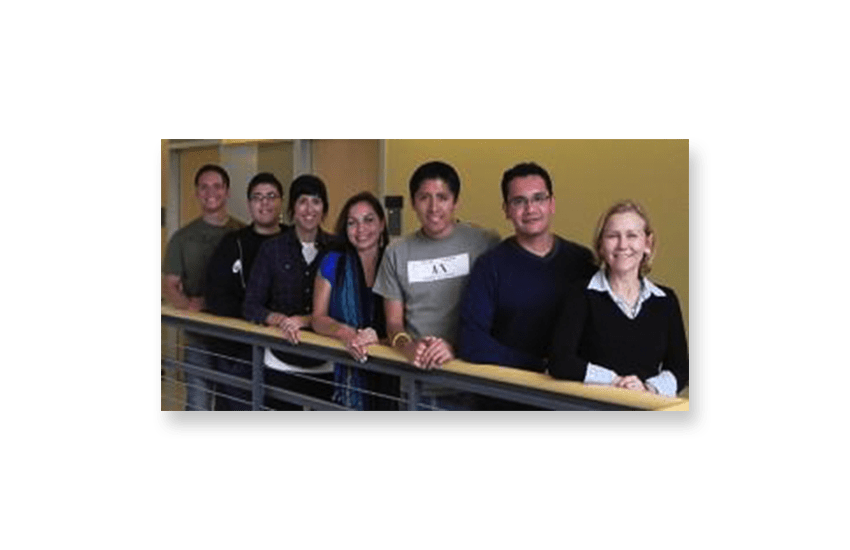
NSF program supports minority graduate students
By Tim Stephens, UCSC Public Information Office The National Science Foundation (NSF) has awarded nearly $1 million to establish a Bridge to the Doctorate program at UC Santa Cruz that will provide fellowships for science and engineering graduate students from underrepresented minority populations. The new program–the first of its kind on the UCSC campus–will increase…
-
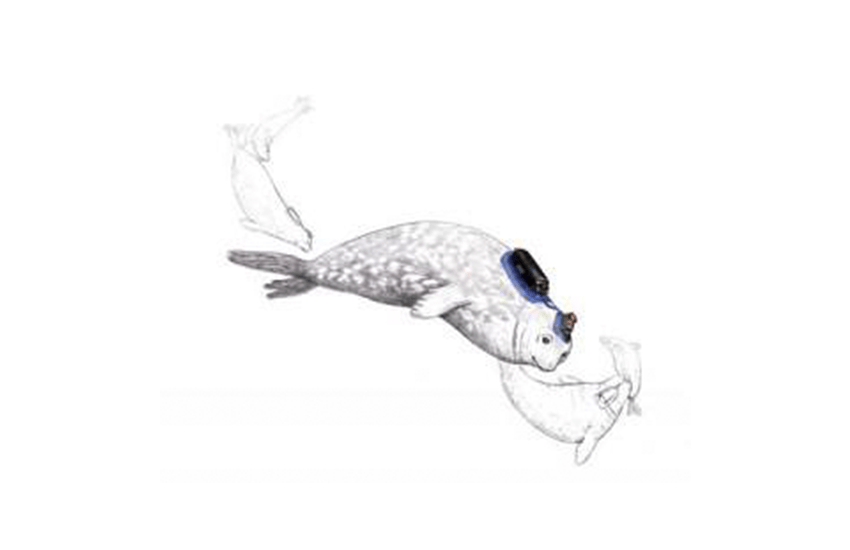
Diving to extremes
By Gwyneth Dickey, UCSC Science Communication Program The researchers rushed across the ice to their cabin, popped in the flash card, and sat down to watch. They had just retrieved the winter’s first equipment package and couldn’t wait to see the new footage. They leaned forward and suddenly plunged into the sea off Antarctica, diving…
-

A zoo without bars
By Marissa Cevallos, UCSC Science Communication Program From San Diego to Sao Paulo, from Copenhagen to Canberra, biologists are shepherding animals two by two. From one male and one female, the scientists will scrape tissue samples the size of a penny to freeze in liquid nitrogen at -112°F. More than a million copies of DNA…
-
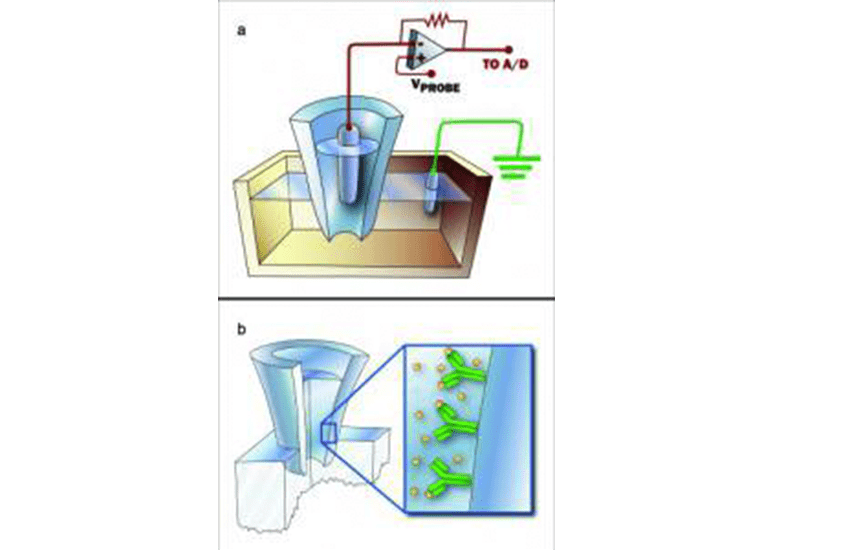
STING in the world of biosensor technology
By Nathan Boyd How could you go about finding one particular bee in a hive bustling with activity? Extending this analogy to early cancer and pathogen detection gives the sense of what is required when cell biologists search for one type of biomolecule in a crowded and constantly-changing environment. In his laboratory at the University…
-
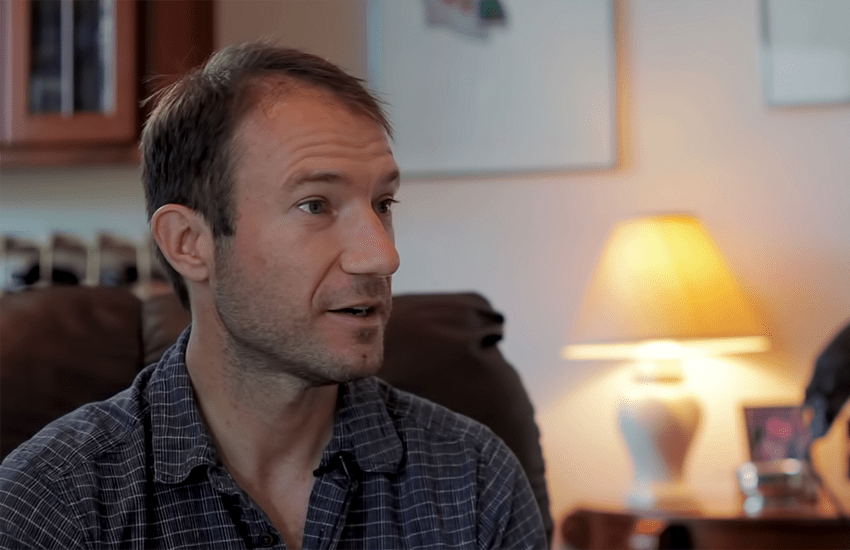
Neanderthal genome yields insights into human evolution and evidence of interbreeding
By Tim Stephens, UCSC Public Information Office After extracting ancient DNA from the 40,000-year-old bones of Neanderthals, scientists have obtained a draft sequence of the Neanderthal genome, yielding important new insights into the evolution of modern humans. Among the findings, published in the May 7 issue of Science, is evidence that shortly after early modern humans…
-
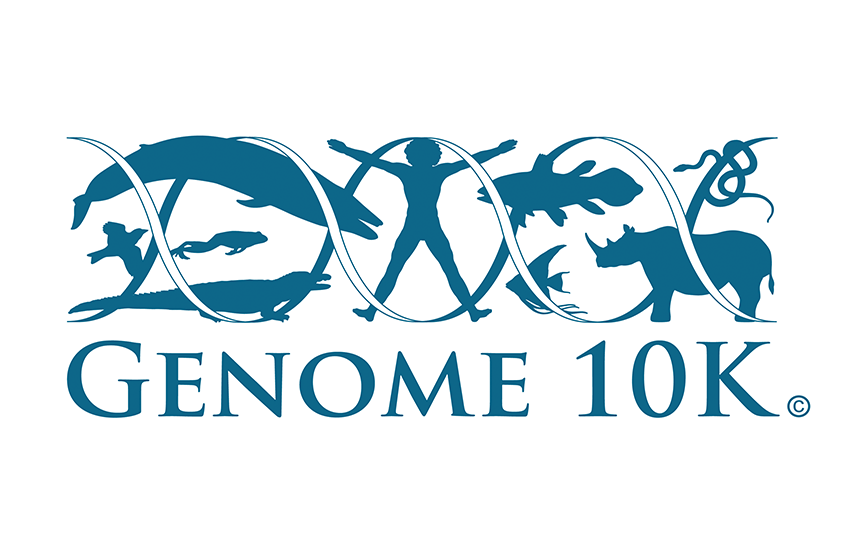
Scientists propose a “genome zoo” of 10,000 vertebrate species
By Branwyn Wagman, Center for Biomolecular Science & Engineering, UC Santa Cruz SANTA CRUZ, CA–In the most comprehensive study of animal evolution ever attempted, an international consortium of scientists plans to assemble a genomic zoo–a collection of DNA sequences for 10,000 vertebrate species, approximately one for every vertebrate genus. Known as the Genome 10K Project, it…
-
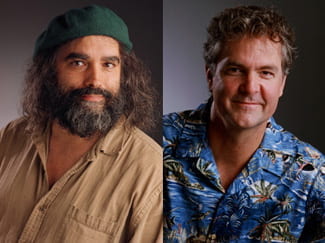
Haussler and Kent honored by American Society of Human Genetics
Jim Kent, Director of the Genome Browser project and David Haussler, Director of CBSE, co-Director of QB3, and HHMI Investigator Friday, September 25, 2009 By Daniel Strain, UCSC Public Information Office SANTA CRUZA, CA–The American Society of Human Genetics (ASHG) has honored two researchers in the Baskin School of Engineering at UC Santa Cruz with…